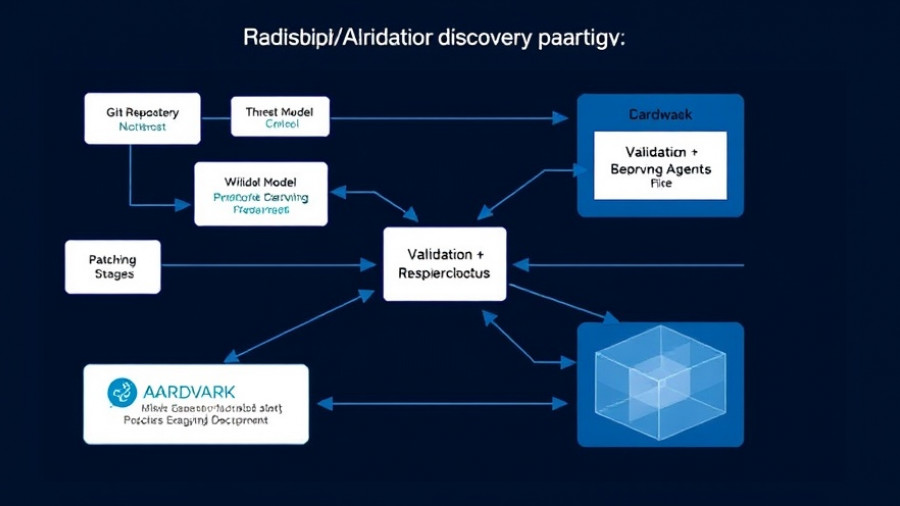
Understanding AI Adoption: A Pivotal Moment in Technology
Recent discussions around AI adoption reveal a surprising narrative. While various reports indicate diminishing corporate enthusiasm for AI, significant growth in personal and individual adoption is reshaping the AI landscape. More than mere statistics, the story behind AI usage reflects a transformative potential that surpasses traditional methods.
AI at Work: The Surging Individual Adoption
Despite claims that 95% of businesses are deriving no returns from AI installations, a growing number of employees are turning to AI tools both inside and outside their workplaces. A recent Gallup survey indicated that the percentage of U.S. employees using AI in their roles has nearly doubled in just two years, skyrocketing from 21% to 40%. This surge illustrates a shift not only in how individuals approach their tasks but also suggests a burgeoning acceptance of AI as a valuable tool for enhancing productivity.
Businesses vs. Individuals: A Curious Contrast
The contrasting data points regarding AI adoption reveal insightful dynamics. While corporate entities may exhibit stagnation, individuals are embracing AI’s capabilities. A report by QuantumBlack highlighted that while 80% of companies have engaged with generative AI, many leaders remain dissatisfied, summing up their experience with a dismal ‘zero return’ on investments. Conversely, the personal use of AI agents—intelligent systems capable of complex tasks—has seen increased integration. These tools are allowing individuals to streamline tasks, improve decisions, and enhance personal effectiveness.
The Rise of Agentic AI: What Lies Ahead?
As personal AI use expands, the emergence of agentic AI presents profound opportunities for businesses. This new wave of intelligent agents not only analyzes data but also constructs strategies for decision-making. This capability indicates a drastic shift from traditional AI applications, such as chatbots, towards sophisticated systems that can significantly elevate operational effectiveness. The implications for industries ranging from finance to marketing are enormous, suggesting that enhancing customer experiences may become a direct product of these intelligent innovations.
Challenges in the Corporate Realm: Addressing Perception and Integration
Even with the positive trends in personal AI usage, businesses must address ongoing challenges around integration. The skepticism regarding AI’s application has led many organizations to hesitate. Reports indicate that 70% of employees in corporate environments feel unclear about AI’s practical value. This perception gap could hinder broader adoption unless leaders clarify AI’s benefits and establish strategic guidelines that empower employees to effectively leverage these tools.
Future Predictions: AI’s Transformational Impact
As AI adoption fundamentally alters how work is performed, predictions for the future present both optimism and caution. With robust data revealing that AI’s application is far more prevalent in the personal setting, the challenge will be for organizations to catch up. Businesses that prioritize strategic integration and create a culture of acceptance around AI’s benefits will likely reap rewards, while those that maintain status quo will risk falling behind.
Conclusion: Embracing the AI Revolution
The narrative surrounding AI isn’t black and white; rather, it reflects the varied experiences of individuals and organizations. Understanding these dynamics will be crucial for leaders as they navigate the evolving technological landscape. It is imperative for businesses to adopt a proactive stance in integrating AI effectively, focusing on clear communication, robust strategies, and a culture that embraces innovation. With personal AI adoption on the rise, organizations have a unique opportunity to harness this momentum and foster environments where AI truly enhances productivity and collaboration.
As we witness this transformative shift in AI utilization, it’s clear that future industries will be defined by how effectively they integrate AI agents into their operations. Therefore, as technology enthusiasts, let us explore the possibilities and advocate for stronger frameworks that allow AI to function as a catalyst for positive change.
 Add Row
Add Row  Add
Add 




Write A Comment